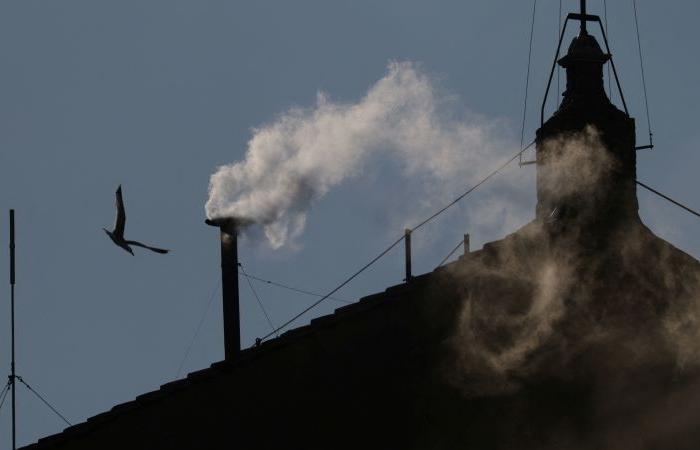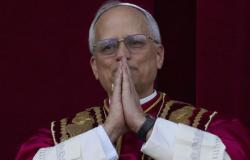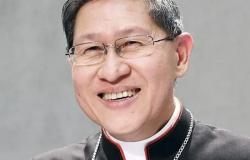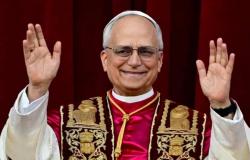We can’t see what’s going on in the chapel, but the voting procedure follows a centuries-old tradition.
Nine cardinals would have been chosen at random to perform specific roles:
-
Three Scrutineers oversee the voting.
-
Three Infirmary collect votes from those too sick to be in the chapel.
-
Three Revisers verify the results.
In order of seniority, the cardinals will walk to the table in front of the altar, where the Scrutineers sit, to cast their ballot.
-After all ballots are cast, the first Scrutineer shakes the urn to mix them up. The third Scrutineer counts the ballots. If the number of ballots doesn’t match the number of electors, the ballots are burned and the vote is redone.
If the number is correct, the first Scrutineer unfolds the ballot, notes the name and passes it to the second Scrutineer.
The second Scrutineer notes the name and passes the ballot to the third Scrutineer.
The last Scrutineer reads the name aloud for all the cardinals to hear and records the vote. As the name is read out, the Scrutineer threads a needle through the ballot with the word “Eligo” (“I elect”) and secures it to the other ballots.
After reading out all the names, the cardinals learn if they have elected a new pope. For each round, the sewn-together ballots are placed in a third urn for burning.
The color of the smoke from that fire tells the world when there is a new pope.








